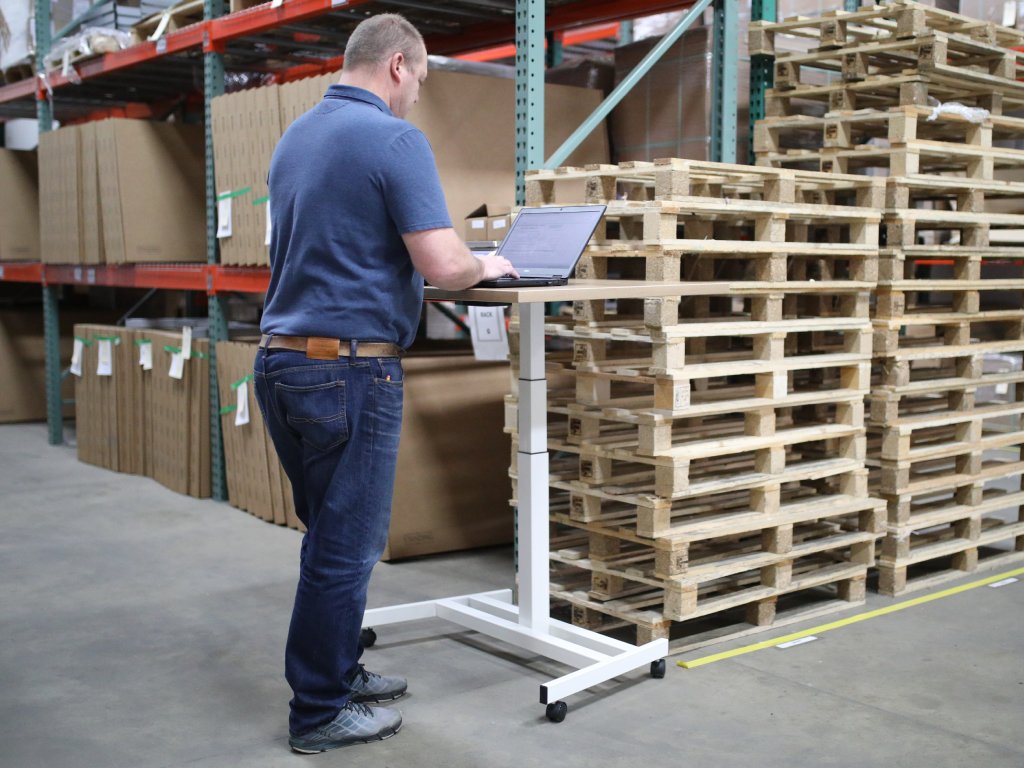 Did you know that the freight management industry is expected to reach $18.63 Billion by 2025?
Did you know that the freight management industry is expected to reach $18.63 Billion by 2025?
The global freight transportation management market is expansive and growing. Experts anticipate a steady increase in growth. While not always a part of it, at least initially, most companies will notice the value of a transportation management system.
Let’s explore the topic of shipping and trading more closely and look at each of its related issues and what they cover. Keep reading to learn more.
What is a Transportation Management System?
A transportation management system (TMS) is a software solution to streamline the shipping process. A TMS can optimize your operation from order to delivery by automating critical tasks and integrating with existing systems.
This can include tasks such as order entry, carrier selection, routing optimization, freight classification, and tracking & tracing. A TMS can also provide visibility into your operation, giving you the ability to make data-driven decisions that improve performance and reduce costs.
What are the features of a TMS?
A transport management system can be complicated and may feel overwhelming at first. However, they have some key features that help identify them and their benefits. Some of the most common functions of transportation management system characteristics are:
Order Management
This module allows you to track and manage your orders from start to finish. It can include features such as order entry, tracking, and invoicing.
Route Planning
This module helps you plan the most efficient routes for your shipments. It can consider factors such as traffic, weather, and weight.
Shipment Tracking
This module allows you to track your shipments in real-time. It can provide information on the location of your shipments and the estimated arrival time.
Reporting
This module provides you with reports on the performance of your shipping operation. It can help you track trends and identify areas for improvement.
What is the Essential Difference Between a TMS and WMS?
 A transportation management system (TMS) is a software solution. It is designed to streamline the shipping process. A warehouse management system (WMS) is a software solution designed to simplify the processing of goods in a warehouse.
A transportation management system (TMS) is a software solution. It is designed to streamline the shipping process. A warehouse management system (WMS) is a software solution designed to simplify the processing of goods in a warehouse.
How does a transportation management system work? A transportation management system is focused on the shipping process, while a WMS is focused on storing and retrieving goods. While both methods are designed to improve efficiency, they serve different purposes.
The Benefits of Transportation Management
There are numerous benefits of using a transportation management system. Here are some of the most important:
Improved Efficiency
A well-run shipping operation is an efficient one. A TMS can help you automate tasks and integrate with existing systems to optimize your process from order to delivery.
Reduced Costs
A TMS can help you save money and reduce shipping costs by identifying the most efficient routes and using volume discounts.
Improved Customer Service
A TMS can help you provide your customers with real-time information about the status of their orders. This can help you build trust and loyalty with your customers.
Reduced Costs
A TMS can help you save money on shipping by identifying the most efficient routes and providers. It can also aid you by taking advantage of discounts for volume shipping.
The Different Types of Transportation Management
There are many different types of transportation management systems, each designed to meet the specific needs of a business. However, here are some of the most widely used and common types:
Freight Management
This type of transportation management helps you manage your freight shipping operation. It can include carrier selection, shipment tracking, and invoicing.
Route Planning
This type of transportation management helps you plan the most efficient routes for your shipments. It can account for essential data and information such as traffic, weather, and weight.
Shipment Tracking
This type of transportation management allows you to track your shipments in real-time. It can provide information on the location of your shipments and the estimated arrival time.
Tips for Successful Transportation Management
Transportation management is organizing the movement of goods and people to meet production plans and customer demand. An effective transportation management system coordinates all resources and partners involved in the transport process to optimize delivery and minimize cost.
The following are some tips for successful transportation management:
- Establish precise shipping requirements and objectives
- Develop strong relationships with logistics partners
- Invest in the right technology
- Make use of data and analytics
- Streamline processes and reduce waste
- Continuously monitor and optimize operations
- Be prepared for unexpected events
- Have a backup plan in place
Transportation management must consider the many variables that can impact transportation operations. This includes weather, traffic, regulatory changes, and capacity constraints. It must also be able to adapt and respond to changes in demand and supply, as well as fluctuations in the market.
Bottom Line
A transportation management system (TMS) is a software application that helps companies manage the movement of goods and materials. Using a TMS includes improved efficiency, reduced costs, and increased customer satisfaction.
Transportation management companies offer a wide range of services. These include freight forwarding, shipment tracking, order management, and customs brokerage. There are a wide variety of transportation management systems available, each with its own set of features.
If you want more like this, check out the site for more great articles like this!










